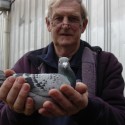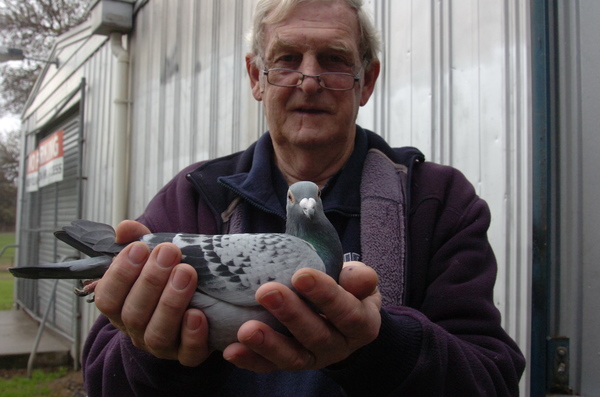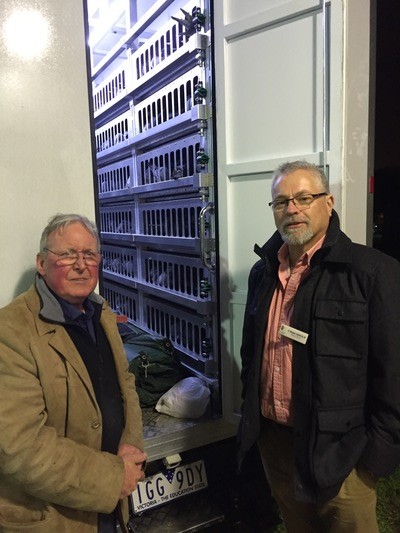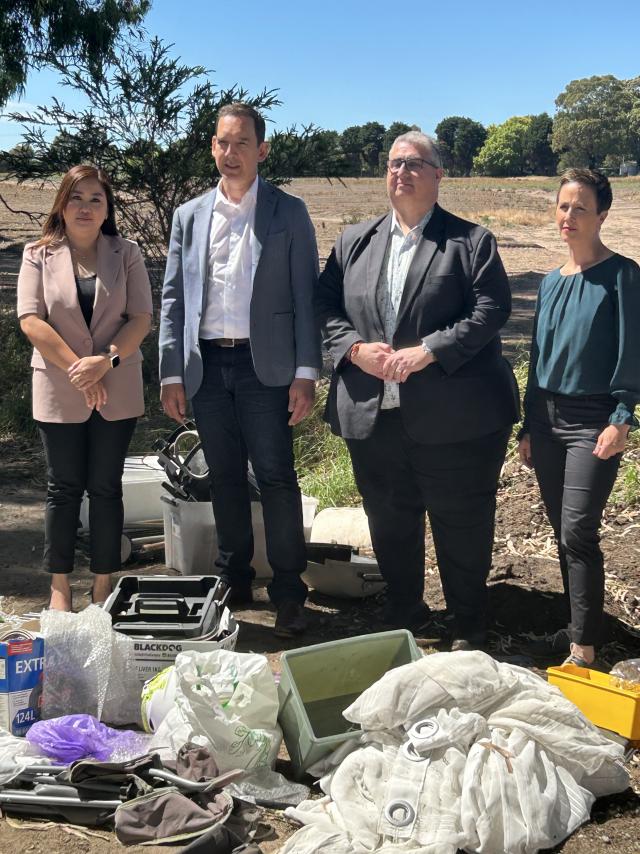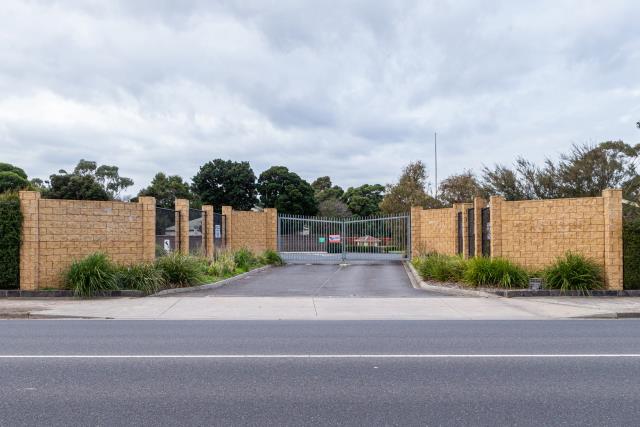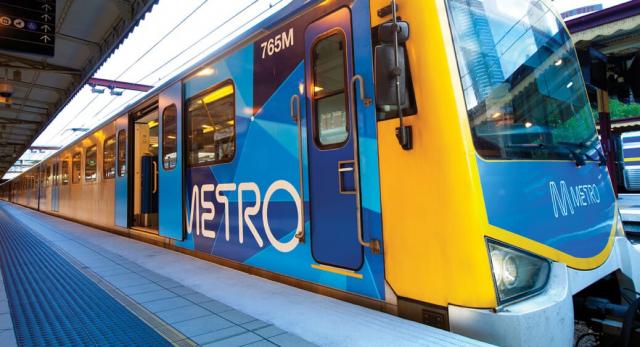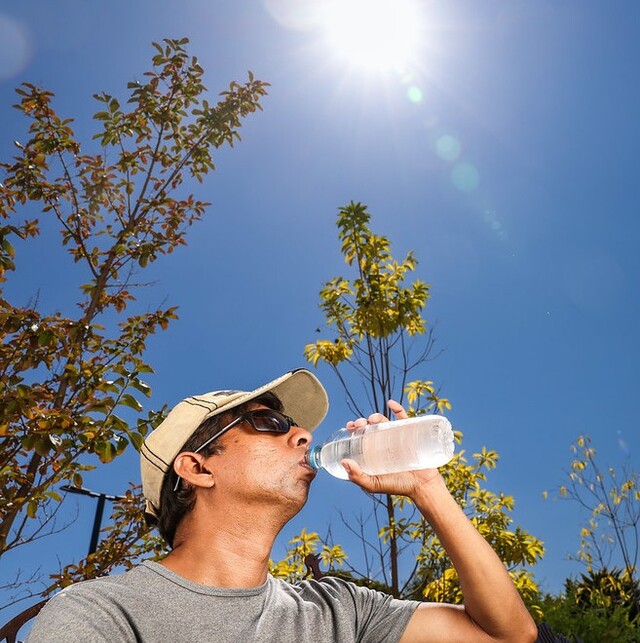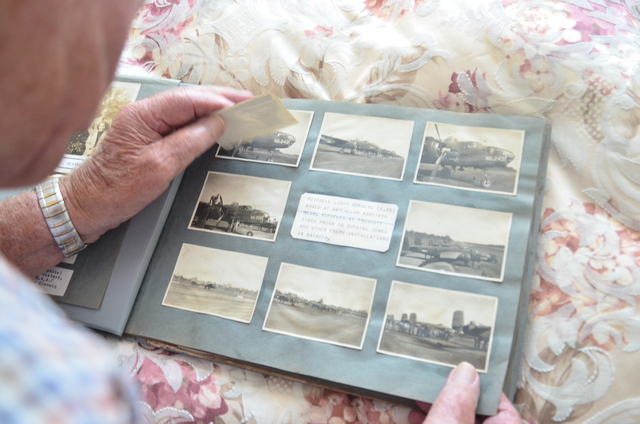By CASEY NEILL
DOVETON’S pigeon club needs a hand to keep its birds dry.
The Dandenong Racing Pigeon Club (DRPC) hosted Casey Councillor Wayne Smith at its Power Reserve headquarters on Friday 24 June.
DRPC stalwart Joe Phillips recently donated a truck and bird baskets worth about $300,000, to give back to the sport that’s given him enjoyment for 52 years.
During the visit, secretary Chris McDonald asked Cr Smith to consider allocating council funding for a base outside the shed to accommodate the truck and shelter overhead to protect the pigeons from rain.
The club has 32 members and was established about 1969.
Mr McDonald lives in Hallam and has been with the club since 1986.
“It’s a real sport. It’s something a lot of men do when they get a bit older and they can’t play footy and cricket,” he said.
DRPC president Keith Flentjar, from Endeavour Hills, joined in 2000 after holding a life-long interest in birds and trying his hand at greyhound racing.
“When you retire you’ve got to have something to make you get out of bed,” he said.
Flyers breed and tend their pigeons at home, and bring them to the club for transportation to the race starting point.
“We had 1200 in here last week,” Mr Flentjar said.
Each bird has a rubber ring or electronic chip on their leg that time-stamps their return home.
“It’s the quickest velocity from when they’re released to when they get home that wins,” he said.
“It gets down to split seconds.”
The club holds races every Saturday from June to November, some starting as far afield as the New South Wales-Queensland border.
“At the moment, we’re racing in Wycheproof, 260kms,” Mr Flentjar said.
“Our next race point’s Ouyen, then we go to Mildura, Coombah, Fowler’s Gap – that’s 500 miles – and Tibooburra is usually our 600.
“I finished third in a Tibooburra race … in 10 hours and 15 minutes.
“That’s nearly 900 kilometres.
“There have been some other quicker races. There was a Cobar race that was four hours. That’s 400 miles, doing 100mph.
“The wind is the dominant factor. They fly 70km/h with no wind.”
Don’t the birds get tired?
“Not the good ones,” Mr Flentjar said.
No one knows exactly how they know the way home.
“They’ve done all the experiments, and it’s got something to do with the earth’s magnetism,” he said.
“The races that affect them is if we have bad electrical storms. That affects their radar.
“You’ve sort of got to break them in.
“When they’ve first hatched, you let them out around the loft and they get themselves home through instinct. After that they’re home for life.”

